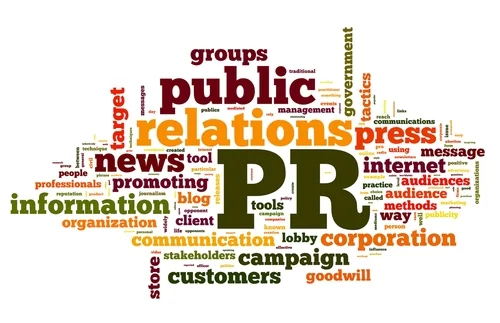A news group recently estimated that the value of a 2-minute FREE segment on a local evening newscast is equal in effect to buying dozens of 30-second commercials. Public Relations is the driving force behind this exposure. It goes hand in hand with marketing, although there are significant differences. With PR, you’re trying to sell your practice to the media so they can in turn sell it to your target customers.
The following is an example from one of Epic Marketing’s clients:
A local plastic surgeon was seen in a magazine as a recipient of an award for excellence. A press release was developed and sent to the local media. A popular news station picked up the story and aired it on the evening news. The surgeon received dozens of calls and performed several surgeries. This same segment is now playing on his website and is still helping people make the choice to visit his office for cosmetic procedures.
Public Relations builds awareness of your business and its services, and will supplement any direct marketing and advertising efforts. This public coverage of your company will also make it appear larger and more established than it might actually be, which will advance efforts in driving new customers and even securing partnerships and funding.
As you know, most people now consult a search engine before making a decision on a purchase or even choosing a new doctor. When an article from a news source or a broadcast clip is found in this search, these provide inbound links to your website that increases your position towards the top of the search results. That coverage can also add tremendous credibility if you’re able to appear in a local news source!
So how do you create a unique story about your company that is worthy of PR?
1. Stand out from your competition. Embrace those things that make your company unique. Do you have four generations of family members working in the same business? Celebrate that. It’s worthy of attention. Do you offer a way of doing something that no one in your area does? Discover these differences. They could be newsworthy!
2. Testimonials. Ask for them! They boost your credibility and people will always prefer a personal recommendation from someone versus a sales advertisement.
3. Write a killer press release and send to local media outlets, (or have an ad agency with those contacts send the release—ahem, Epic Marketing). This release contains interesting information that highlights your business in a way that would spark the attention of a journalist. They’re always looking for a good story idea, especially from an “expert” in the field.
4. Hold a fundraising drive and offer something free at the event. Run a weird contest that gets attention. Attend a community event where you are a special guest. These are just a few ideas that you can do on your own, and relatively inexpensively, to improve the public’s perception of your business.
It’s important and worthwhile to diversify your marketing and PR strategies to grow your business in every wonderful way possible. If you’re clueless where to begin, let us help. We have public relations specialists at our firm that really dig this stuff.





